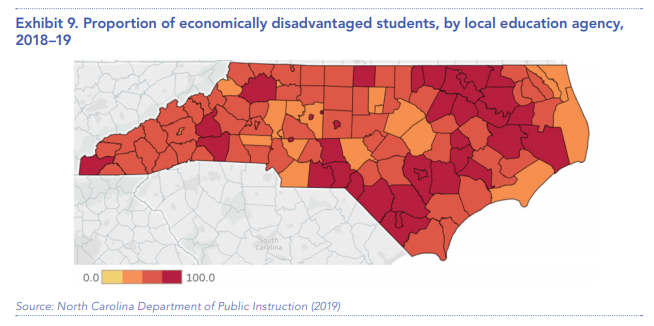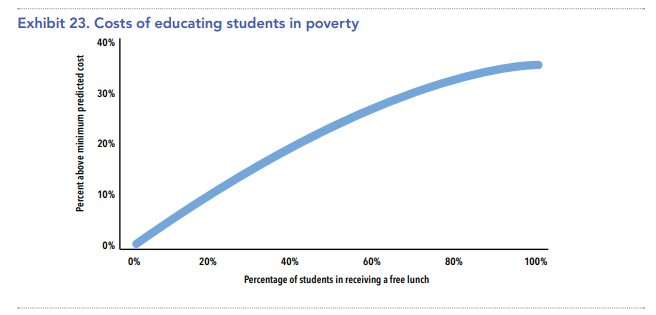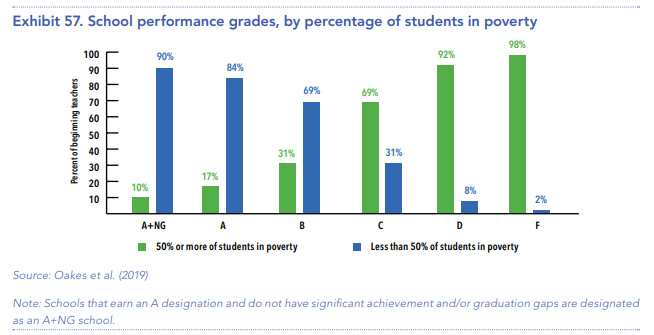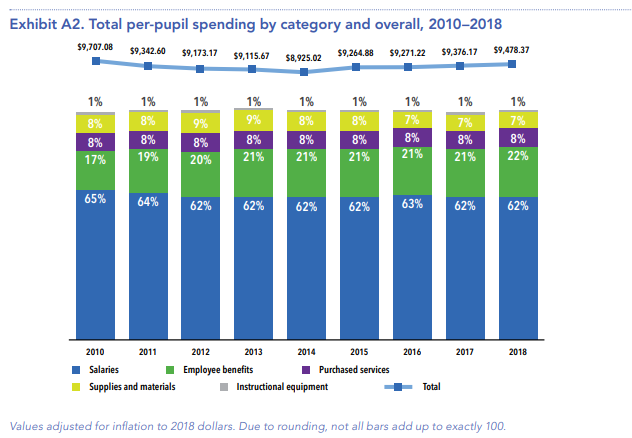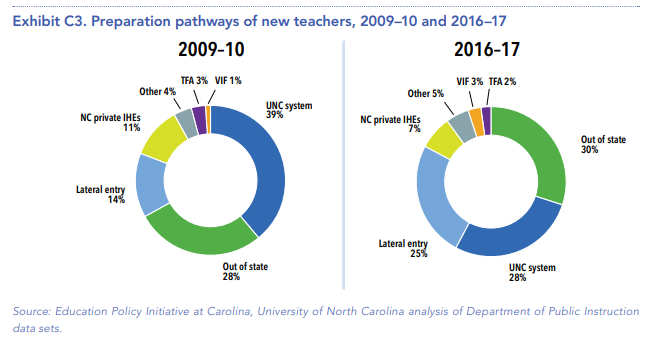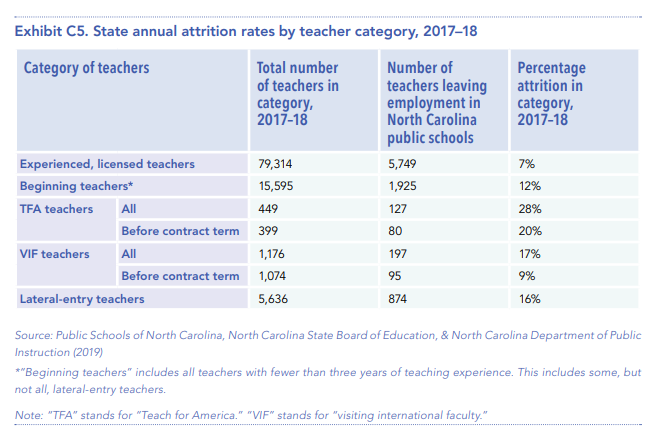It’s hard to look at how this state can sit on a large manufactured state surplus and extend more corporate tax cuts while conditions in the public schools exist to the level explained clearly in the Leandro Report.
Again, it is important to look at the entire report – Sound Basic Education for All – An Action Plan for North Carolina.
These are the 12 basic findings listed below.
- Finding #1: Funding in North Carolina has declined over the last decade.
- Finding #2: The current distribution of education funding is inequitable.
- Finding #3: Specific student populations need higher levels of funding.
- Finding #4: Greater concentrations of higher-needs students increases funding needs.
- Finding #5: Regional variations in costs impact funding needs.
- Finding #6: The scale of district operations impacts costs.
- Finding #7: Local funding and the Classroom Teacher allotments create additional funding inequities.
- Finding #8: New constraints on local flexibility hinder district ability to align resources with student needs.
- Finding #9: Restrictions on Classroom Teacher allotments reduce flexibility and funding levels.
- Finding #10: Frequent changes in funding regulations hamper budget planning.
- Finding #11: The state budget timeline and adjustments create instability.
- Finding #12: There is inadequate funding to meet student needs.
These 12 data exhibits help to summarize some of those issues as far as the effects of poverty on school systems, lower numbers of teacher candidates, attrition levels, per-pupil expenditures, and how it is hard to compare NC to other states in how it funds its schools.

